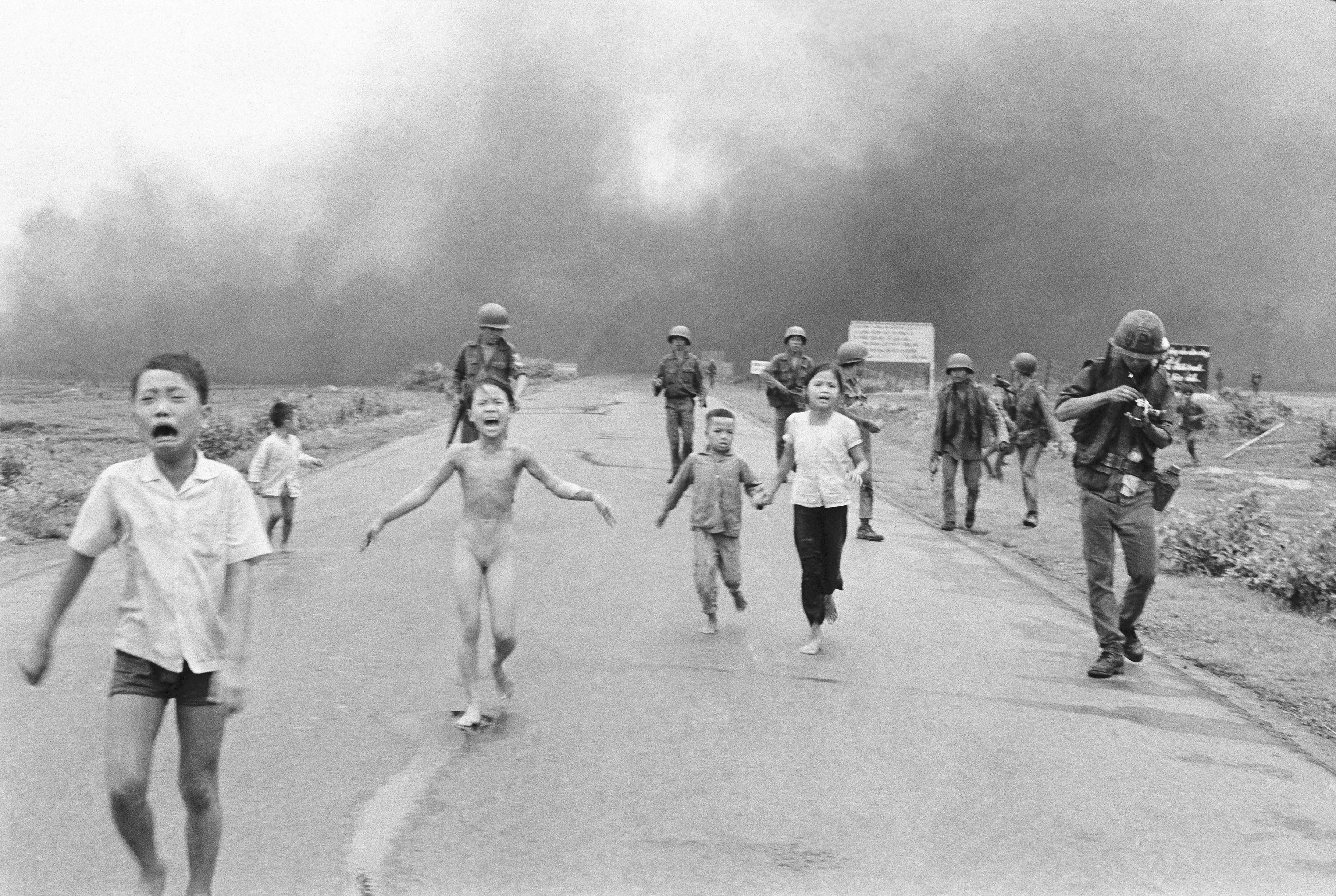ARTICLE AD BOX
A review by The Associated Press has reaffirmed the photo credit for one of the most iconic images of the Vietnam War, nearly 52 years after it was taken.
The image, depicting a naked young girl fleeing a napalm attack, has long been attributed to AP photographer Nick Ut, and despite recent challenges, the news agency stands by its attribution.
The review, a 96-page report and the second examination in recent months, was prompted by the documentary "The Stringer," which premiered at Sundance in January.
The film alleges that the Pulitzer Prize-winning photograph was actually taken by Nguyen Thanh Nghe, not Ut. The AP’s investigation delved into the historical record, examining available evidence and technological limitations, ultimately concluding that there is "no definitive evidence" to support changing the photo credit.
While acknowledging the possibility that Ut captured the image, the AP report highlights the challenges in definitively proving authorship after so many years.
The passage of time, the absence of crucial evidence, technological constraints, and the deaths of key individuals involved have all contributed to the complexity of the situation. The report explicitly states that the investigation found no proof that Nguyen took the photograph. This reinforces the AP’s stance on maintaining the existing attribution to Nick Ut.
“We left nothing uncovered that we're aware of and we've done it with a great deal of respect to everybody involved,” said Derl McCrudden, an AP vice president who heads global news production.
“It makes no difference to us if we changed the credit, but it has to be based on facts and evidence. And there is no definitive evidence proving that Nick Ut did not take this picture.”

The AP's latest study involved further interviews, examination of cameras, building a 3D model of the scene and studying photo negatives that survive from June 8, 1972, the date of the photo.
The report revealed inconsistencies on both sides. The prize-winning photo was apparently taken on a Pentax camera, not a Leica as Ut had long claimed. Nguyen told AP he was not working for NBC that day, as was earlier asserted. Of 10 people on the scene that day that the AP reached, Nguyen is the only one who believes that Ut didn't take the picture, the report said.
The report said that believing Nguyen's story would require several leaps of faith, including believing that the only time he ever sold a photo to a Western news agency it turned out to be one of the most famous images of the century.
An attorney for Ut did not immediately return an email Tuesday. Ut has strongly maintained that the photo is his.



.jpg?trim=0,50,0,50&width=1200&height=800&crop=1200:800)





 English (US) ·
English (US) ·